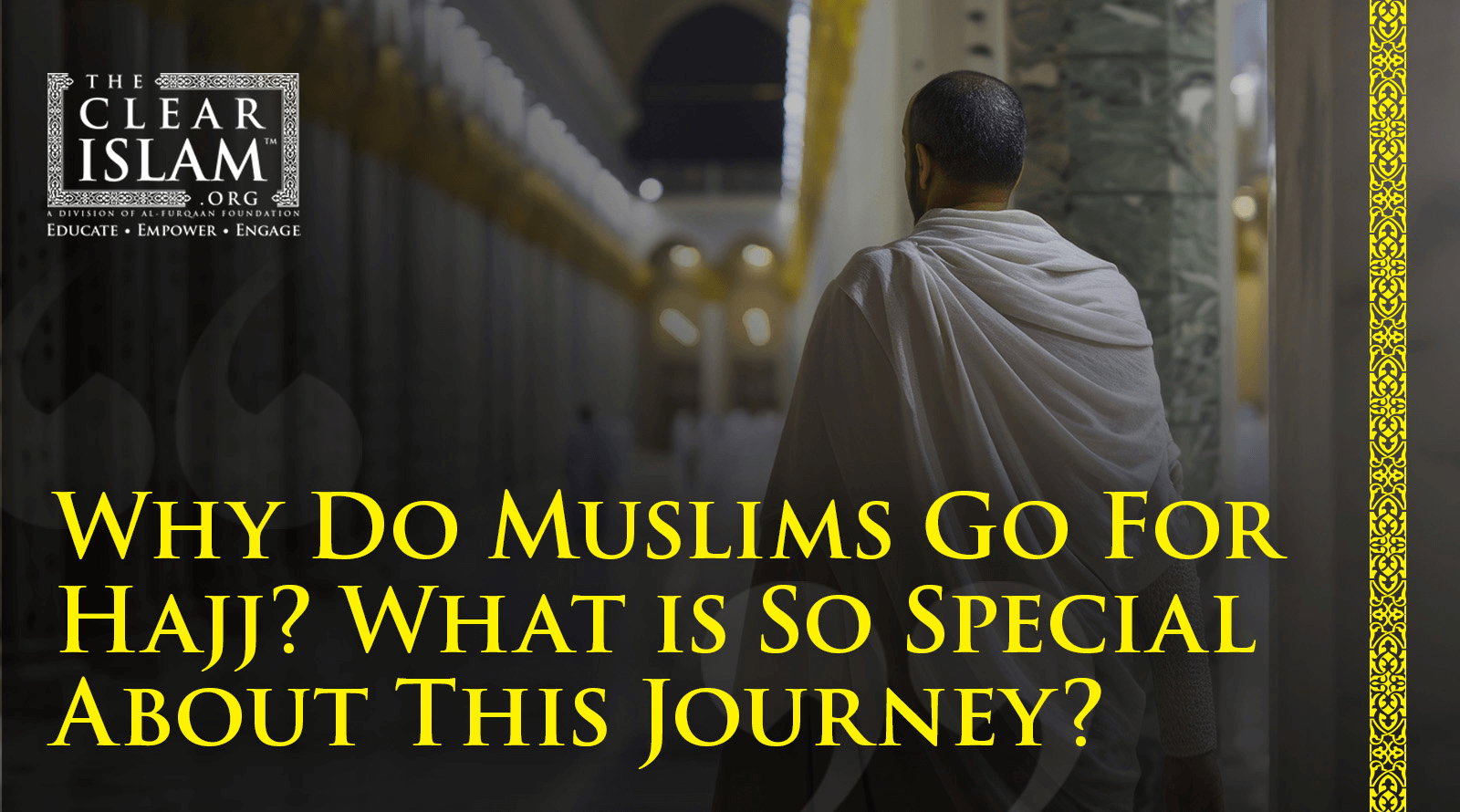Introduction
Adorned in white garments, standing shoulder to shoulder in prayer, all facing towards the House of God, it is a time and place where regardless of someone’s gender, race, or creed, all are equal in the eyes of God as they pray to Him. This journey, that millions of Muslims wait all year for, is known as the Hajj pilgrimage. This is one of the five pillars of Islam, and not only is this a religious obligation that all Muslims must complete once in their lifetime, but it’s an extraordinary experience where people can witness unity, equality, and devotion. For non-Muslims, when you understand why Muslims go on this journey, and understand why certain rituals are done, it allows you to develop an appreciation for the great lengths Muslims go to, to please their Creator, and complete the obligations of their faith. This article aims to provide an insightful look into the Hajj pilgrimage, making it accessible and engaging to all readers who have any questions on this topic.
So, How Did Hajj Come to Be?
The story of Hajj and how it came to become a core tenet of Islam is traced back to Prophet Ibrahim, or Abraham in Biblical scriptures. This prophet is a central figure across all three Abrahamic faiths – Islam, Christianity, and Judaism. According to Islamic tradition, God commanded Prophet Ibrahim (Abraham), to leave his wife Hajar (Hagar), and their son Prophet Ismail (Ishmael) in the desolate valley of Mecca. Later, Prophet Ibrahim and his son Prophet Ismail were instructed to build the Kaaba, the cubic structure covered with a black cloth that Muslims are to face while they pray the five daily prayers.
There are certain practices done within Hajj that allow the pilgrim to understand/reflect upon the importance of this structure, and the dedication of Prophet Ibrahim that even when he was all alone with none but his son to accompany him, he still headed to the words of God and obeyed His command. Over centuries, Hajj has evolved, reflecting the growth and changes within the Islamic World, but this is also a testament that when you serve in the way of God, He will never forget you.
Does Hajj Have Any Impact on the Spirituality of a Muslim?
Like we mentioned before, Hajj is one of the five pillars of Islam, and these are essential acts of worship that shape a Muslim’s faith and practices. Hajj, foremost, is an obligatory action that all Muslims must complete once in their lifetime, and this in and of itself has a spiritual impact. This pilgrimage symbolizes the unity of Muslims worldwide, and this unity goes beyond a person’s race, nationality, and economic status. During Hajj, pilgrims wear simple white garments, known as Ihram, signifying purity and equality before God. The actions performed during Hajj, such as Tawaf (circling the Kaaba) and Sa’i (walking between the hills of Safa and Marwah), embody themes of devotion, endurance, and submission to God’s will.
What Does the Journey of Hajj Look Like?
Preparing for Hajj involves both spiritual and practical aspects. Pilgrims must ensure they are in a state of physical and financial readiness, often undergoing months of preparation. Their journey begins with wearing the Ihram, followed by a series of actions performed over five to six days. The key stages include:
- Ihram: Entering a state of spiritual purity.
- Tawaf: Circling the Kaaba seven times.
- Sa’i: Walking between the hills of Safa and Marwah.
- Standing at Arafat: A day of prayer and reflection at the plains of Arafat.
- Muzdalifah: Collecting pebbles for the ritual of stoning the devil.
- Eid al-Adha: The festival of sacrifice, commemorating Prophet Ibrahim’s willingness to sacrifice his son.
How is the Experience of Hajj Like? Is It Different for Everyone?
For many pilgrims, Hajj is the most spiritually uplifting experience of their lives. The sense of community and global brother/sisterhood is very important as Muslims come from diverse backgrounds yet they all come together to pray at the same time. When you listen to personal stories of Hajj, you’ll notice that many of them share how they come back with a stronger connection to God, a greater appreciation for their faith, and they begin to make small to large changes in their lifestyle that allows them to integrate Islam into their daily lives.
There’s So Many People Who Go for Hajj – How Are Those Crowds Even Controlled?
Managing the logistics of Hajj is not an easy task. The Saudi Arabian government invests significantly in infrastructure and technology to accommodate the millions of pilgrims each year. From crowd control measures to health and safety protocols, every aspect is meticulously planned to ensure a smooth and safe pilgrimage. Recent advancements include the use of electronic bracelets for tracking and guiding pilgrims, extensive public health campaigns, and the construction of modern facilities to enhance the overall experience.
Does Hajj Have Any Global Impacts?
Beyond its religious significance, Hajj has a considerable economic and cultural impact. The pilgrimage fosters international understanding and tolerance, as people from different parts of the world interact and learn from one another. Hajj also boosts the local economy through tourism and related industries. Moreover, the principles of peace, unity, and compassion promoted during Hajj resonate globally, contributing to a broader message of solidarity and coexistence.
Conclusion
Hajj is much more than a religious duty; it is a transformative journey that leaves an incredible impact on the hearts and minds of those who undertake it. For non-Muslims, appreciating the depth and significance of Hajj offers a window into the spiritual life if Muslims and the universal values of faith, perseverance, and community. As we learn about and respect each other’s traditions, we build bridges of understanding that enrich our global society.
Suggested Reads:



